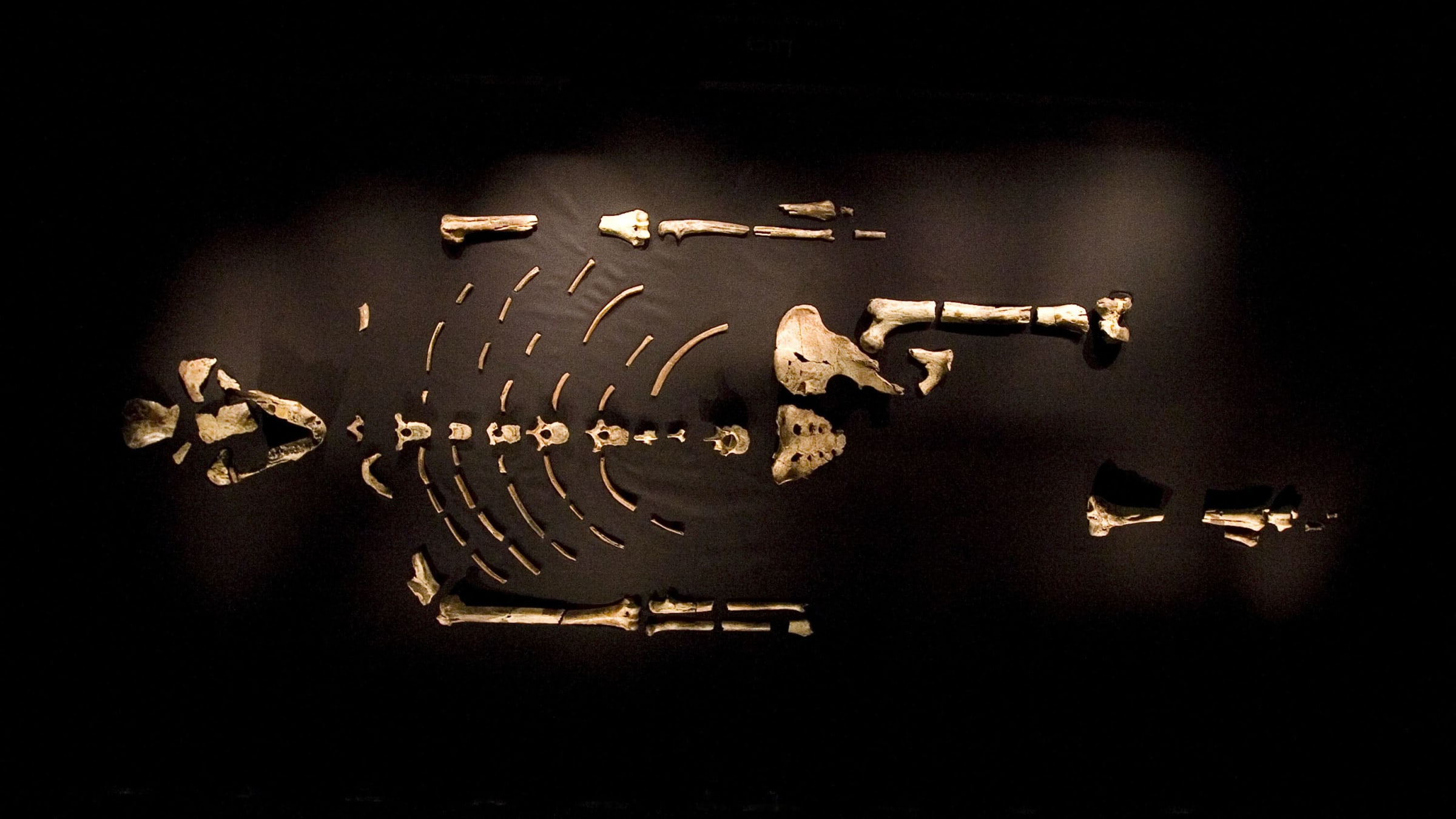
Almost 50 years ago, on a Sunday morning in late November 1974, a team of archaeologists in Ethiopia unearthed a 3 million-year-old skeleton of an ancient early human. The remains would turn out to be one of the most important fossils ever discovered. That night Donald Johanson, the paleoanthropologist who discovered the fossilized remains, played a cassette tape of the Beatles and as the group listened to the sound of “Lucy in the Sky with Diamonds” reverberate through the campsite a colleague suggested that he name the female hominin Lucy. She represented a new species—Australopithecus afarensis—and a visit to almost any major natural history museum in the world will give you the opportunity to see an artist’s rendition of how she appeared in her own time.
Visit more than one natural history museum or flip through a handful of scientific textbooks, however, and you’ll quickly notice how much disagreement there is about Lucy’s physical appearance. No one can agree on what Lucy or “AL 288-1” looked like. Why is that? In a new article on “Visual Depictions of Our Evolutionary Past,” published this week in Frontiers in Ecology and Evolution, a team of scientists from the University of Adelaide, Arizona State, the University of Zurich, and Howard University set out to discover why this is and to compile their own, scientifically grounded, reconstruction.
Read the rest of this article...
No comments:
Post a Comment
Note: Only a member of this blog may post a comment.